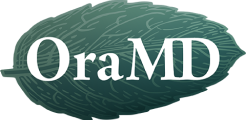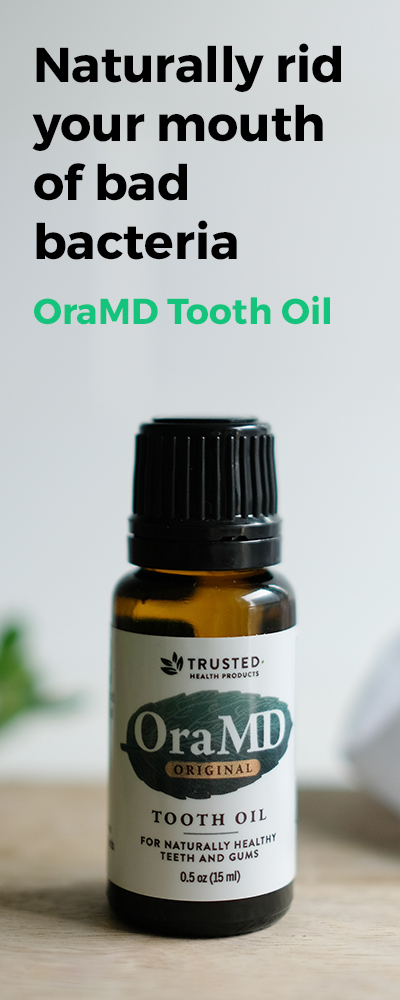Natural toothpaste is a great deal more complicated than it sounds. There are a great many brand name products that claim to be natural, but are far from it. For example; a national leading brand of “natural” toothpaste, contains 4 offenders that made our special report “The 6 Hidden Dangers in Toothpaste”. This “natural” gel toothpaste contains sodium fluoride, hydrated silica, glycerin, and sodium lauryl sulfate. The only one of those ingredients that is not a chemical additive is hydrated silica, which is just sand. Now, while it doesn’t contain any ridiculous ingredients such as titanium dioxide which is found in other leading brands, it certainly doesn’t deserve to call itself natural either.
One reason that natural toothpaste has become a veritable hotbed of discussion recently is that there has been a distinct rise in awareness of the links between diseases of the mouth and other serious health conditions that affect the entire body. Combine this desire to avoid health complications with the rising costs of health and dental care, and you will find that an alarming number of people are suddenly subscribing to the old adage of “an ounce of prevention equals a pound of cure”. While this newfound fascination with prevention is by no means a negative, the methods with which some are trying to achieve their goals is a bit misguided at best.
Word has been slowly but surely spreading of dangers associated with exposure to certain chemicals, some of which are ingredients in every day products like toothpaste. Those who are already experiencing infections or diseases of the mouth are particularly at risk for worsening conditions from exposure to agents of this nature. The number one cause of oral disease is bacteria, and numerous additives to the very products that are so highly touted by the doctors and dentists that we trust to guide us in protecting our mouths are the due recipients of the finger pointing for this bacterial overgrowth.
Prime example: sodium lauryl sulfate. The ingredient added to cause the foaming action that will in turn provide the buyer with the impression that the product is “working” is also added to industrial cleaners for the same effect. Consider also that it is used worldwide in clinical testing for skin care products to purposefully irritate the skin so that the product can be evaluated for effectiveness. A study from Oslo, Norway concluded that because of its drying effect, the tissues in the mouth that serve as a protective barrier against acidic foods are weakened. This study also suggested that this potential tissue damage caused by sodium lauryl sulfate was a leading cause of canker sores and mouth ulcers.
Did it ever occur to you that the least expensive and least painful option might be found in using a natural toothpaste replacement? Why not try a great product that provides natural relief?




